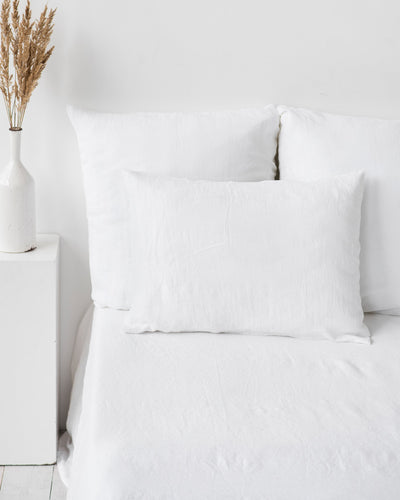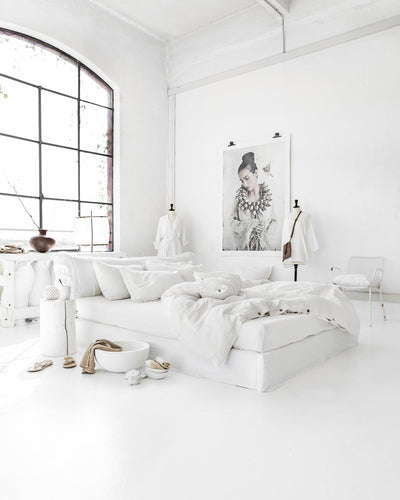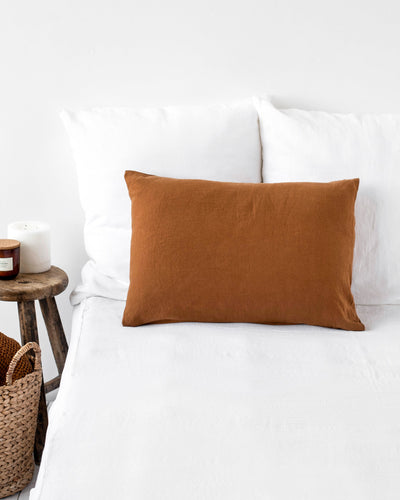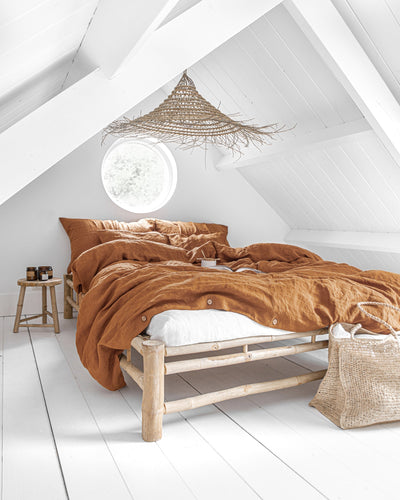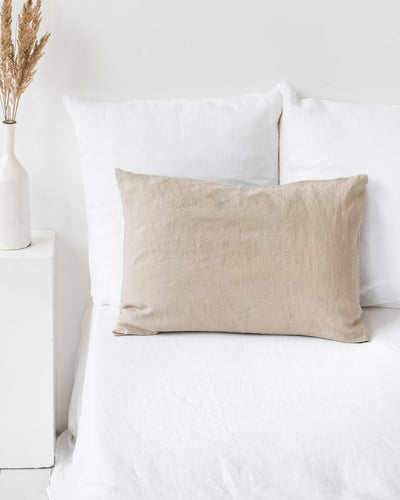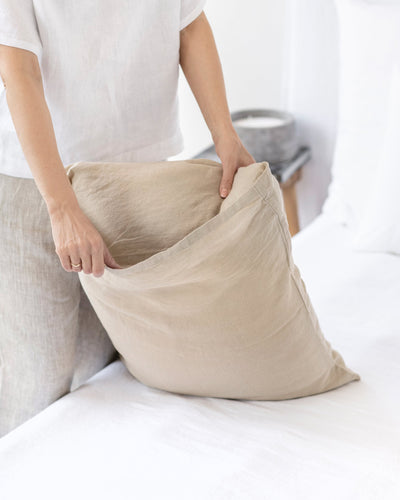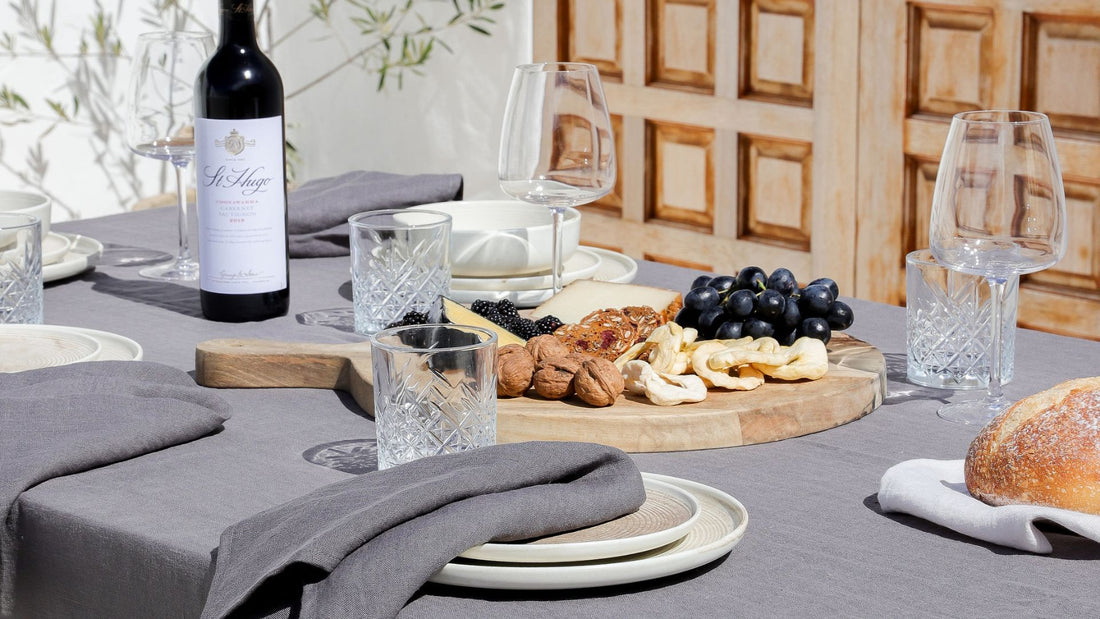
Colorful Cuisine: How the Colors of Food Affect Your Eating Habits
In the world of gastronomy, the visual appeal of food plays a significant role in shaping our eating habits. From vibrant greens to rich reds and golden yellows, the colors of food not only tantalize our taste buds but also influence our overall dining experience. Let's delve into the fascinating realm of colorful cuisine and explore how different hues can impact our food choices and eating behaviors.
The Psychology of Color
It's no secret that colors have a profound psychological impact on human emotions and behaviors. When it comes to food, the colors on our plate can evoke various sensations and associations that influence our perception of taste and satisfaction. For example, warm colors like red and orange are often associated with energy and excitement, while cool colors like blue and green can have a calming effect.
Appetite Stimulation
The sight of colorful food can stimulate our appetite and enhance our dining experience. Bright, vibrant colors signal freshness and abundance, making us more inclined to indulge in a variety of nutritious foods. Studies have shown that people are more likely to consume a greater diversity of fruits and vegetables when presented with a colorful array of options.
Portion Control
On the flip side, the color of our food can also affect our portion control and eating habits. Research suggests that the color contrast between our plate and the food itself can influence how much we eat. For example, serving pasta on a white plate may result in larger portion sizes compared to serving it on a plate with a contrasting color like red or blue.
Mindful Eating
Being mindful of the colors of our food can help us make healthier choices and maintain a balanced diet. Incorporating a variety of colorful fruits and vegetables into our meals not only adds visual interest but also ensures that we're getting a wide range of essential nutrients. By paying attention to the colors on our plate, we can cultivate a deeper appreciation for the foods we eat and make more informed choices about our diet.
Culinary Creativity
Embracing colorful cuisine opens up a world of culinary creativity and exploration. Experimenting with different ingredients and combinations allows us to create visually stunning dishes that are as pleasing to the eye as they are to the palate. Whether it's a vibrant salad bursting with fresh greens and ripe tomatoes or a colorful stir-fry packed with assorted vegetables, incorporating a spectrum of colors into our meals adds an extra dimension of enjoyment to the dining experience.
Tableware and Dining Linens
The color of dishes, utensils, and dining linens also affects our dining experience. Warm-colored plates may enhance the perception of sweetness, while cooler-colored ones can accentuate freshness. Using smaller, contrasting-colored tableware may promote mindful eating and encourage smaller portion sizes, enriching the meal experience.
The colors of food play a crucial role in shaping our eating habits and overall enjoyment of meals. By embracing colorful cuisine, we can stimulate our appetite, practice portion control, and cultivate a deeper appreciation for the foods we eat. So next time you're planning a meal, consider adding a splash of color to your plate and savoring the visual feast as much as the culinary delights it offers.
 United States
United States
